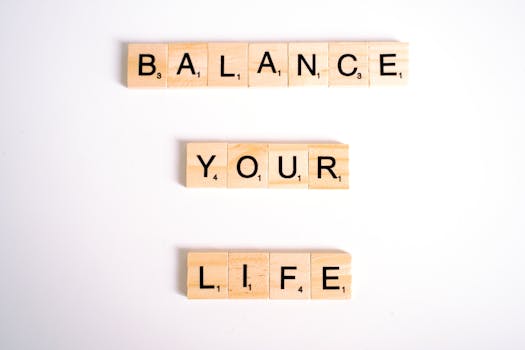
“
Minimalist Living: Embracing a Simpler Lifestyle
Minimalist living is a way of life that has gained popularity in recent years, and for good reason. By embracing a simpler lifestyle, individuals can reduce stress, increase productivity, and live more sustainably. In this article, we will explore the benefits of minimalist living and provide tips on how to get started.
What is Minimalist Living?
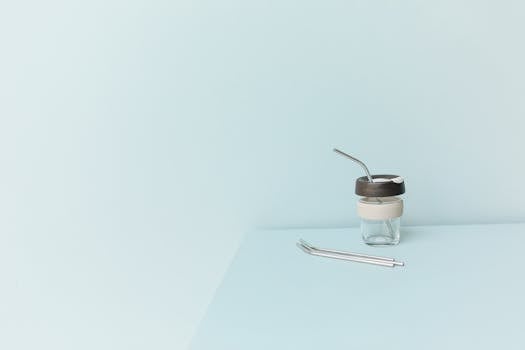
Minimalist living is a lifestyle that emphasizes simplicity and intentionality. It involves reducing unnecessary clutter, living with only what is truly necessary, and cultivating a sense of gratitude and appreciation for what you already have. Minimalist living is not just about getting rid of stuff, but also about creating space for what truly adds value to your life.
Benefits of Minimalist Living
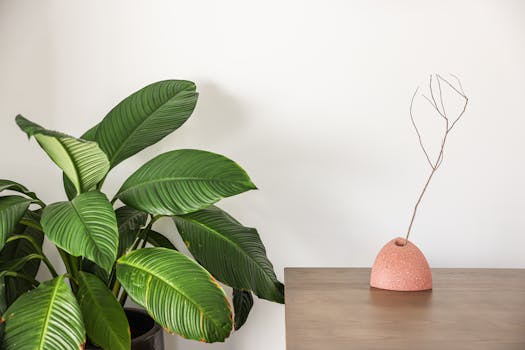
There are numerous benefits to embracing a minimalist lifestyle. Some of the most significant advantages include:
- Reduced stress and anxiety: Clutter and disorganization can contribute to feelings of overwhelm and stress. By simplifying your space and reducing clutter, you can create a more peaceful and calming environment.
- Increased productivity: With a clutter-free and organized space, you can focus on what is truly important and achieve your goals more efficiently.
- Improved financial stability: By reducing unnecessary expenses and living with only what is necessary, you can save money and achieve financial stability.
- Enhanced creativity: A simplified space can foster creativity and inspire new ideas and perspectives.
- Sustainable living: Minimalist living promotes sustainable living by reducing waste, conserving resources, and promoting eco-friendly practices. For more on this, check out our post on Upcycling Furniture for a Unique, Eco-Friendly Touch.
Getting Started with Minimalist Living
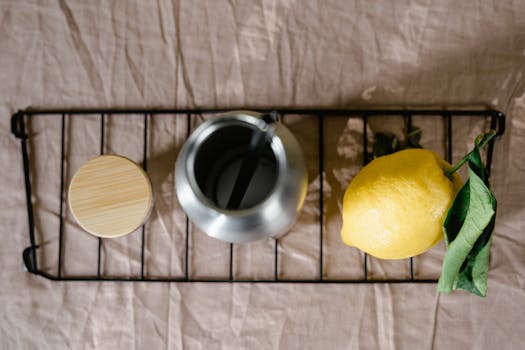
Embracing a minimalist lifestyle can seem daunting, but it doesn’t have to be. Here are some tips to get you started:
- Start small: Begin by decluttering one area or room at a time. This will help you build momentum and confidence as you progress.
- Identify your values: Reflect on what is truly important to you and what adds value to your life. This will help you determine what to keep and what to let go of.
- Let go of duplicates: If you have multiple items that serve the same purpose, consider keeping only your favorite or the one that is in the best condition.
- Consider the 80/20 rule: 80% of the time, you likely only use 20% of your belongings. Keep this in mind when deciding what to keep and what to let go of.
- Store items thoughtfully: Once you have decluttered and reduced your belongings, store items in a way that makes sense for your lifestyle and needs.
Maintaining a Minimalist Lifestyle
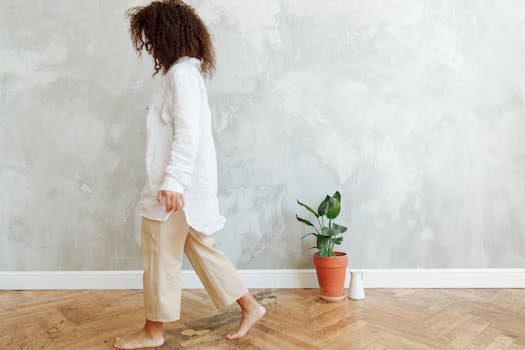
Maintaining a minimalist lifestyle requires ongoing effort and commitment. Here are some tips to help you stay on track:
- Regularly review and adjust: Regularly review your belongings and habits to ensure they align with your values and goals.
- Set boundaries: Establish boundaries around what you allow into your space and life to prevent clutter and unnecessary expenses.
- Cultivate gratitude: Practice gratitude and appreciation for what you already have, rather than constantly desiring more.
- Stay organized: Maintain your space and systems to ensure they continue to serve you and support your lifestyle. For inspiration, consider Creating a Cozy Atmosphere with Lighting Solutions.
Conclusion
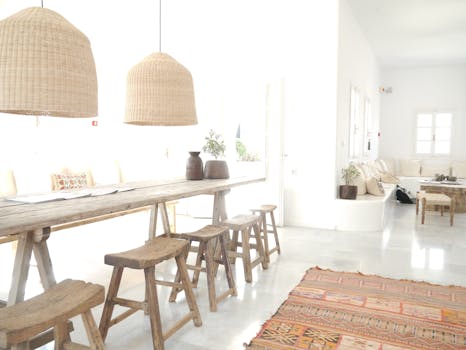
Minimalist living is a journey, not a destination. It takes time, effort, and commitment to create a simpler, more sustainable lifestyle. By embracing the principles of minimalist living, you can reduce stress, increase productivity, and live more intentionally. Remember to start small, stay focused, and cultivate gratitude and appreciation for what you already have. For additional ideas on refreshing your space, check out Seasonal Decor Ideas to Refresh Your Space Throughout the Year.






